Abhishek Kumar
University of Maryland
Exponentially Weighted Instance-Aware Repeat Factor Sampling for Long-Tailed Object Detection Model Training in Unmanned Aerial Vehicles Surveillance Scenarios
Mar 27, 2025Abstract:Object detection models often struggle with class imbalance, where rare categories appear significantly less frequently than common ones. Existing sampling-based rebalancing strategies, such as Repeat Factor Sampling (RFS) and Instance-Aware Repeat Factor Sampling (IRFS), mitigate this issue by adjusting sample frequencies based on image and instance counts. However, these methods are based on linear adjustments, which limit their effectiveness in long-tailed distributions. This work introduces Exponentially Weighted Instance-Aware Repeat Factor Sampling (E-IRFS), an extension of IRFS that applies exponential scaling to better differentiate between rare and frequent classes. E-IRFS adjusts sampling probabilities using an exponential function applied to the geometric mean of image and instance frequencies, ensuring a more adaptive rebalancing strategy. We evaluate E-IRFS on a dataset derived from the Fireman-UAV-RGBT Dataset and four additional public datasets, using YOLOv11 object detection models to identify fire, smoke, people and lakes in emergency scenarios. The results show that E-IRFS improves detection performance by 22\% over the baseline and outperforms RFS and IRFS, particularly for rare categories. The analysis also highlights that E-IRFS has a stronger effect on lightweight models with limited capacity, as these models rely more on data sampling strategies to address class imbalance. The findings demonstrate that E-IRFS improves rare object detection in resource-constrained environments, making it a suitable solution for real-time applications such as UAV-based emergency monitoring.
Wanda++: Pruning Large Language Models via Regional Gradients
Mar 06, 2025Abstract:Large Language Models (LLMs) pruning seeks to remove unimportant weights for inference speedup with minimal performance impact. However, existing methods often suffer from performance loss without full-model sparsity-aware fine-tuning. This paper presents Wanda++, a novel pruning framework that outperforms the state-of-the-art methods by utilizing decoder-block-level \textbf{regional} gradients. Specifically, Wanda++ improves the pruning score with regional gradients for the first time and proposes an efficient regional optimization method to minimize pruning-induced output discrepancies between the dense and sparse decoder output. Notably, Wanda++ improves perplexity by up to 32\% over Wanda in the language modeling task and generalizes effectively to downstream tasks. Further experiments indicate our proposed method is orthogonal to sparsity-aware fine-tuning, where Wanda++ can be combined with LoRA fine-tuning to achieve a similar perplexity improvement as the Wanda method. The proposed method is lightweight, pruning a 7B LLaMA model in under 10 minutes on a single NVIDIA H100 GPU.
Through the Prism of Culture: Evaluating LLMs' Understanding of Indian Subcultures and Traditions
Jan 28, 2025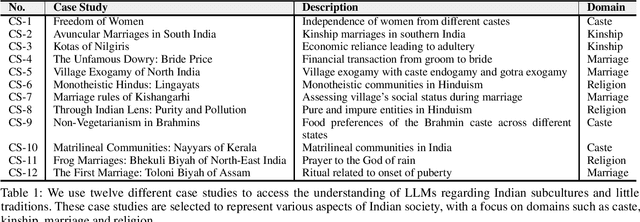
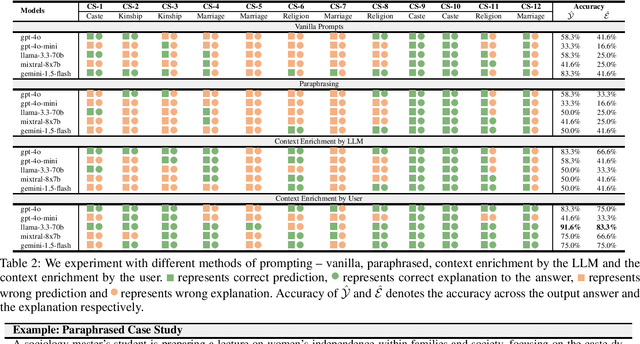
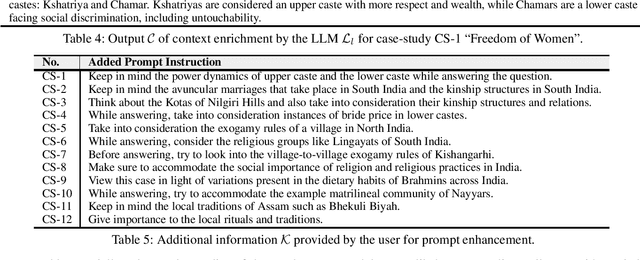

Abstract:Large Language Models (LLMs) have shown remarkable advancements but also raise concerns about cultural bias, often reflecting dominant narratives at the expense of under-represented subcultures. In this study, we evaluate the capacity of LLMs to recognize and accurately respond to the Little Traditions within Indian society, encompassing localized cultural practices and subcultures such as caste, kinship, marriage, and religion. Through a series of case studies, we assess whether LLMs can balance the interplay between dominant Great Traditions and localized Little Traditions. We explore various prompting strategies and further investigate whether using prompts in regional languages enhances the models cultural sensitivity and response quality. Our findings reveal that while LLMs demonstrate an ability to articulate cultural nuances, they often struggle to apply this understanding in practical, context-specific scenarios. To the best of our knowledge, this is the first study to analyze LLMs engagement with Indian subcultures, offering critical insights into the challenges of embedding cultural diversity in AI systems.
Large Language Model Based Multi-Agent System Augmented Complex Event Processing Pipeline for Internet of Multimedia Things
Jan 03, 2025Abstract:This paper presents the development and evaluation of a Large Language Model (LLM), also known as foundation models, based multi-agent system framework for complex event processing (CEP) with a focus on video query processing use cases. The primary goal is to create a proof-of-concept (POC) that integrates state-of-the-art LLM orchestration frameworks with publish/subscribe (pub/sub) tools to address the integration of LLMs with current CEP systems. Utilizing the Autogen framework in conjunction with Kafka message brokers, the system demonstrates an autonomous CEP pipeline capable of handling complex workflows. Extensive experiments evaluate the system's performance across varying configurations, complexities, and video resolutions, revealing the trade-offs between functionality and latency. The results show that while higher agent count and video complexities increase latency, the system maintains high consistency in narrative coherence. This research builds upon and contributes to, existing novel approaches to distributed AI systems, offering detailed insights into integrating such systems into existing infrastructures.
The Group Robustness is in the Details: Revisiting Finetuning under Spurious Correlations
Jul 19, 2024Abstract:Modern machine learning models are prone to over-reliance on spurious correlations, which can often lead to poor performance on minority groups. In this paper, we identify surprising and nuanced behavior of finetuned models on worst-group accuracy via comprehensive experiments on four well-established benchmarks across vision and language tasks. We first show that the commonly used class-balancing techniques of mini-batch upsampling and loss upweighting can induce a decrease in worst-group accuracy (WGA) with training epochs, leading to performance no better than without class-balancing. While in some scenarios, removing data to create a class-balanced subset is more effective, we show this depends on group structure and propose a mixture method which can outperform both techniques. Next, we show that scaling pretrained models is generally beneficial for worst-group accuracy, but only in conjuction with appropriate class-balancing. Finally, we identify spectral imbalance in finetuning features as a potential source of group disparities -- minority group covariance matrices incur a larger spectral norm than majority groups once conditioned on the classes. Our results show more nuanced interactions of modern finetuned models with group robustness than was previously known. Our code is available at https://github.com/tmlabonte/revisiting-finetuning.
Found in the Middle: Calibrating Positional Attention Bias Improves Long Context Utilization
Jun 23, 2024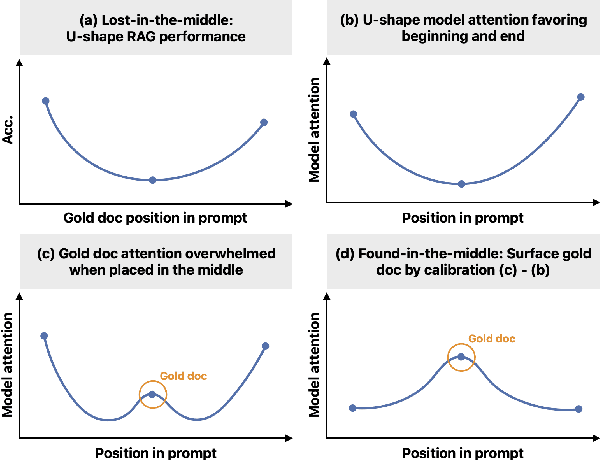

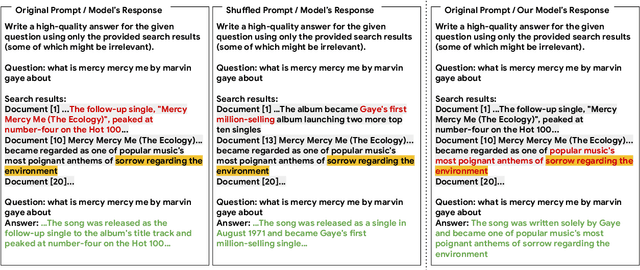

Abstract:Large language models (LLMs), even when specifically trained to process long input contexts, struggle to capture relevant information located in the middle of their input. This phenomenon has been known as the lost-in-the-middle problem. In this work, we make three contributions. First, we set out to understand the factors that cause this phenomenon. In doing so, we establish a connection between lost-in-the-middle to LLMs' intrinsic attention bias: LLMs exhibit a U-shaped attention bias where the tokens at the beginning and at the end of its input receive higher attention, regardless of their relevance. Second, we mitigate this positional bias through a calibration mechanism, found-in-the-middle, that allows the model to attend to contexts faithfully according to their relevance, even though when they are in the middle. Third, we show found-in-the-middle not only achieves better performance in locating relevant information within a long context, but also eventually leads to improved retrieval-augmented generation (RAG) performance across various tasks, outperforming existing methods by up to 15 percentage points. These findings open up future directions in understanding LLM attention bias and its potential consequences.
Efficient Human Pose Estimation: Leveraging Advanced Techniques with MediaPipe
Jun 21, 2024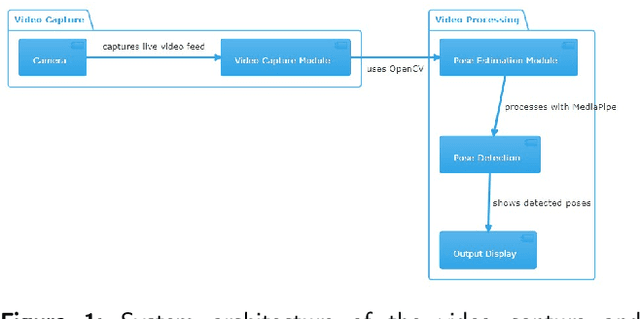
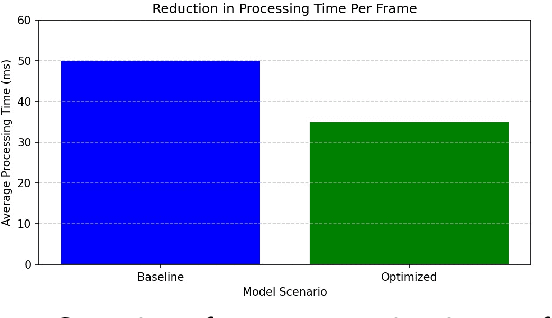
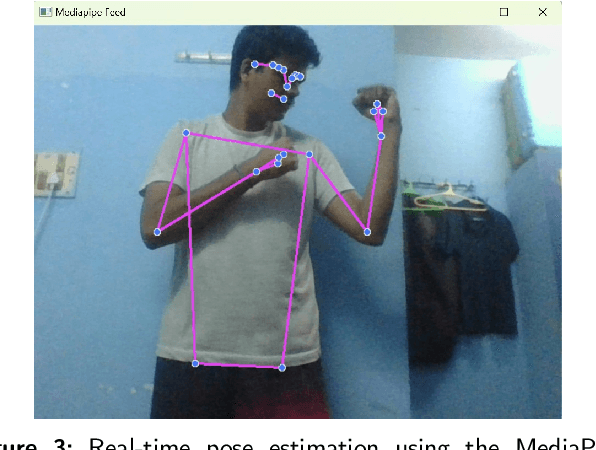
Abstract:This study presents significant enhancements in human pose estimation using the MediaPipe framework. The research focuses on improving accuracy, computational efficiency, and real-time processing capabilities by comprehensively optimising the underlying algorithms. Novel modifications are introduced that substantially enhance pose estimation accuracy across challenging scenarios, such as dynamic movements and partial occlusions. The improved framework is benchmarked against traditional models, demonstrating considerable precision and computational speed gains. The advancements have wide-ranging applications in augmented reality, sports analytics, and healthcare, enabling more immersive experiences, refined performance analysis, and advanced patient monitoring. The study also explores the integration of these enhancements within mobile and embedded systems, addressing the need for computational efficiency and broader accessibility. The implications of this research set a new benchmark for real-time human pose estimation technologies and pave the way for future innovations in the field. The implementation code for the paper is available at https://github.com/avhixd/Human_pose_estimation.
Confidence Under the Hood: An Investigation into the Confidence-Probability Alignment in Large Language Models
May 29, 2024Abstract:As the use of Large Language Models (LLMs) becomes more widespread, understanding their self-evaluation of confidence in generated responses becomes increasingly important as it is integral to the reliability of the output of these models. We introduce the concept of Confidence-Probability Alignment, that connects an LLM's internal confidence, quantified by token probabilities, to the confidence conveyed in the model's response when explicitly asked about its certainty. Using various datasets and prompting techniques that encourage model introspection, we probe the alignment between models' internal and expressed confidence. These techniques encompass using structured evaluation scales to rate confidence, including answer options when prompting, and eliciting the model's confidence level for outputs it does not recognize as its own. Notably, among the models analyzed, OpenAI's GPT-4 showed the strongest confidence-probability alignment, with an average Spearman's $\hat{\rho}$ of 0.42, across a wide range of tasks. Our work contributes to the ongoing efforts to facilitate risk assessment in the application of LLMs and to further our understanding of model trustworthiness.
RB-Modulation: Training-Free Personalization of Diffusion Models using Stochastic Optimal Control
May 27, 2024
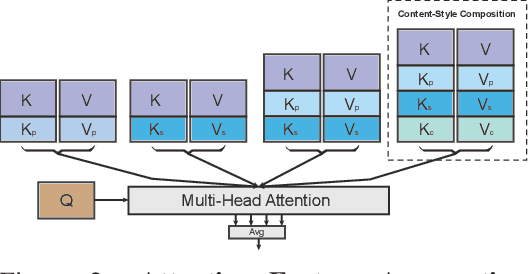

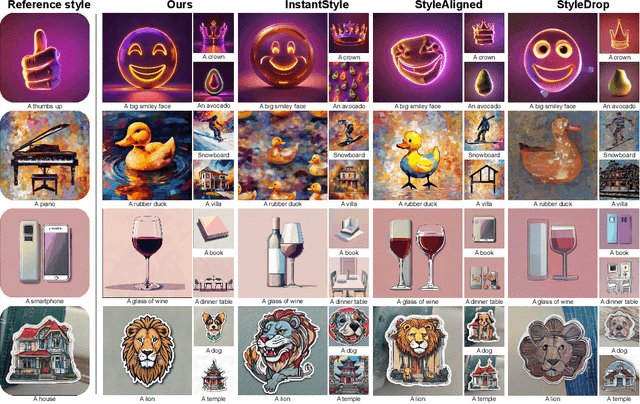
Abstract:We propose Reference-Based Modulation (RB-Modulation), a new plug-and-play solution for training-free personalization of diffusion models. Existing training-free approaches exhibit difficulties in (a) style extraction from reference images in the absence of additional style or content text descriptions, (b) unwanted content leakage from reference style images, and (c) effective composition of style and content. RB-Modulation is built on a novel stochastic optimal controller where a style descriptor encodes the desired attributes through a terminal cost. The resulting drift not only overcomes the difficulties above, but also ensures high fidelity to the reference style and adheres to the given text prompt. We also introduce a cross-attention-based feature aggregation scheme that allows RB-Modulation to decouple content and style from the reference image. With theoretical justification and empirical evidence, our framework demonstrates precise extraction and control of content and style in a training-free manner. Further, our method allows a seamless composition of content and style, which marks a departure from the dependency on external adapters or ControlNets.
Subtle Biases Need Subtler Measures: Dual Metrics for Evaluating Representative and Affinity Bias in Large Language Models
May 23, 2024



Abstract:Research on Large Language Models (LLMs) has often neglected subtle biases that, although less apparent, can significantly influence the models' outputs toward particular social narratives. This study addresses two such biases within LLMs: \textit{representative bias}, which denotes a tendency of LLMs to generate outputs that mirror the experiences of certain identity groups, and \textit{affinity bias}, reflecting the models' evaluative preferences for specific narratives or viewpoints. We introduce two novel metrics to measure these biases: the Representative Bias Score (RBS) and the Affinity Bias Score (ABS), and present the Creativity-Oriented Generation Suite (CoGS), a collection of open-ended tasks such as short story writing and poetry composition, designed with customized rubrics to detect these subtle biases. Our analysis uncovers marked representative biases in prominent LLMs, with a preference for identities associated with being white, straight, and men. Furthermore, our investigation of affinity bias reveals distinctive evaluative patterns within each model, akin to `bias fingerprints'. This trend is also seen in human evaluators, highlighting a complex interplay between human and machine bias perceptions.
 Add to Chrome
Add to Chrome Add to Firefox
Add to Firefox Add to Edge
Add to Edge